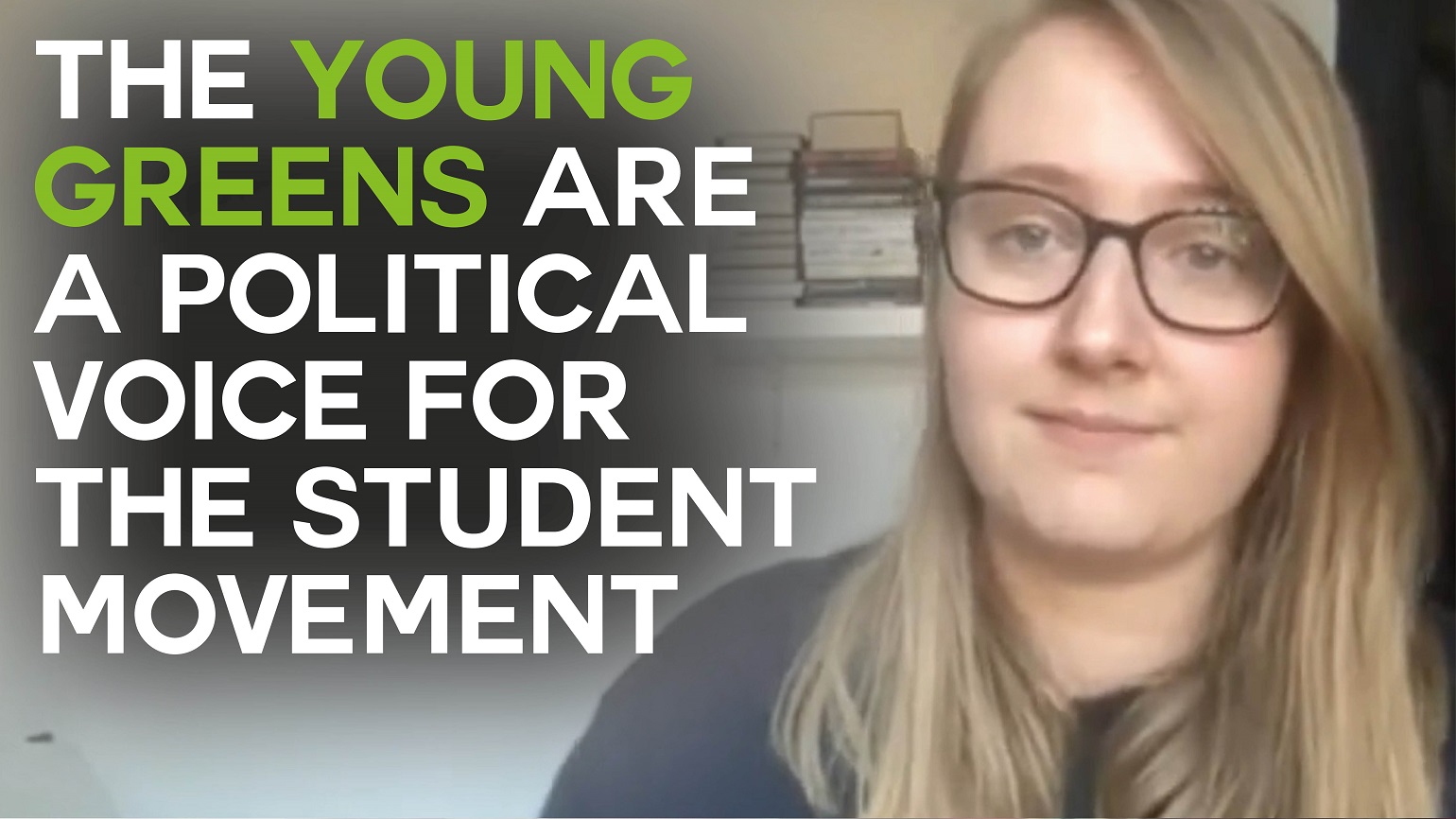A very brief history of left wing factions in the Green Party

Every serious student of Green Party history surely has a David Taylor file. Looking at mine I found documents about Green CND and an interview with David from ‘New Radiator’, an anti-nuclear magazine dated March 1982. The Green Party, and it’s previous incarnation the Ecology Party, has a rich history of radical factions. So last weekend’s autumn conference reminds me of memories of factional struggles over decades in the party. Can an examination of otherwise long forgotten minority radical organising and strife help us understand the party? I think so.
Green Party conferences have long been marked by iconoclastic voices calling for greater radicalism. David Taylor, still a party member to this day, was an advocate of an anarchistic green politics in the 1980s. He boldly proposed a motion to the April 1980s Party conference to abolish the conference
It’s a long time since I first stood up at an Ecology Party conference in April 1980 to call the first meeting that was to launch the Green Collective. I had proposed that the party abandon its spring policy conference in favour of a summer camp that would allow participation from people outside the Party and generally establish an atmosphere where we could exchange more than policy papers. The vote, unfortunately, was lost. But despite this a group met immediately after that session, to begin planning the first ‘Ecology Party Summer Gathering’.
David was a leading personality of what might seen as a disruptive but creative network that was anarchic in the best sense, rejecting purely electoral politics for culture change, direct action and movement building. He was instrumental in forming Green CND and promoting green gatherings. Rather than focusing on party building, the party should be a catalyst for a broad social movement including peace campaigners, feminists and animal rights activists. It should prefigure the society it advocated with gatherings. Such counter cultural radicalism failed to convince the majority of party members. However from the existence of today’s green gathering to the name change to Green Party, it had many positive effects.
One consequence of this movement building and networking approach was to make links with greens in other political parties. A key personality here was the late, great and very much missed Penny Kemp. She launched the Association of Socialist Greens, influenced by the left wing Labour MP Tony Benn at Chesterfield Conference in 1987. While promoting socialism, as with the advocates of the green gathering approach, the ASG were mainly focused on a more decentralist grassroots approach. The late 1980s saw big internal party battles between ‘realos’ wanting an electoralist approach together with more conventional internal structures. The socialist and decentralists opposed the Green 2000 constitutional reformism, fearing the party would become managerialist and top down.
During the early 1990s many of us on the left of the party threw our energies into the direct action movement against motorway and road building, visiting Twyford Down, Newbury and other anti-roads camps. This certainly strengthened the Green Party’s long term commitment to non violent disruption as a supplement to electoral politics. Councillor Shane Collins is one of many long standing party members who were active in this direct action activism. His description as a Councillor reflects a rich personal experience:
I joined the Green party in the first Green surge in 1989 when the dangers of climate change became clear. I have been involved in numerous Green campaigns over the last 30 years such as CoolTan Arts, Reclaim the Streets, anti roads campaigns, drug reform and had a long spell as a board member of Lambeth Community Police Consultative group. I currently am a director of the Green Gathering CIC festival, the UK’s first renewable powered festival and speak at and help programme the Glastonbury Speakers Forum.
2006 saw the Headcorn declaration, setting up Green Left – Headcorn being the village where Penny Kemp and Sarah Farrow, both leftist Green Party councillors, lived. There is a detailed history of Green Left, which of course is still active today, which can be found here. Adopting the Ecosocialist Manifesto, Green Left has long promoted the idea that capitalism is incompatible with ecological sustainability.
In this short piece of writing I have not dealt with many essential developments and debates from anti-racism, to Scottish and Welsh Green Politics, to trade activism and LGBTIQ+ work. However I think this very brief factional history illustrates two facts. One is that the weight of British politics with its huge pressure for conformity needs endless opposition. Strong radical voices within the Green Party thus help keep the party on track. Secondly, attempts to tackle climate change and other environmental problems demand an anti-capitalist necessity. Factions are unpopular but provide diversity and political health.
However, constant renewal is necessary, and to my mind the vanguard of the left in the Green Party has tended to be found in the Young Greens. In my opinion, the Young Greens, whether demanding trans rights or advocating for the overthrow of capitalism, are impressive in reinventing green politics as something essential, intersectional and practical.
PS. We hope you enjoyed this article. Bright Green has got big plans for the future to publish many more articles like this. You can help make that happen. Please donate to Bright Green now.




Leave a Reply